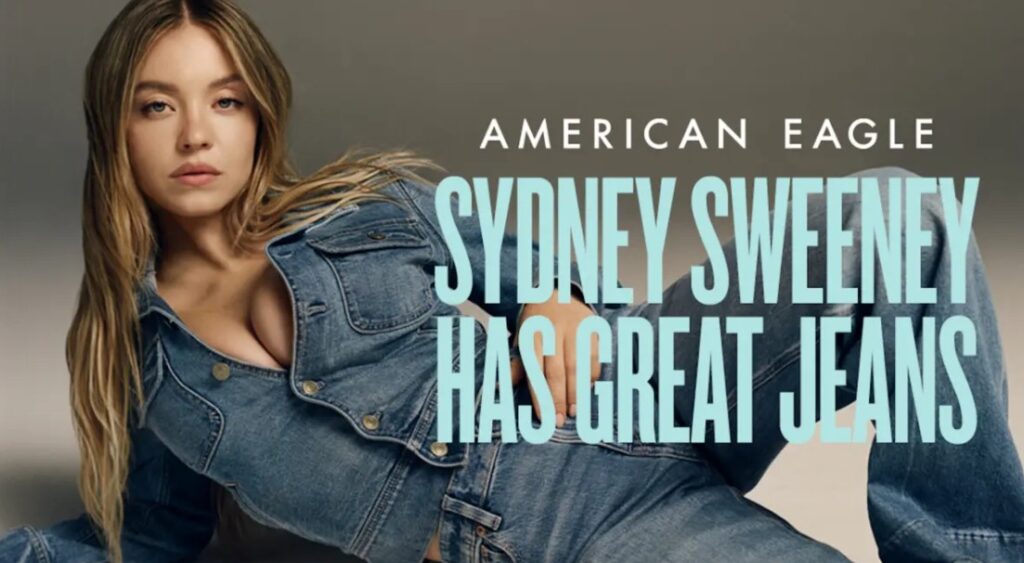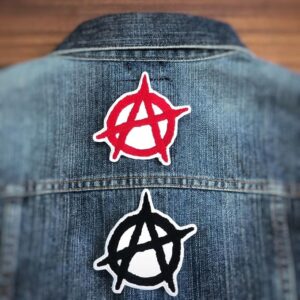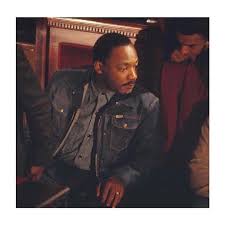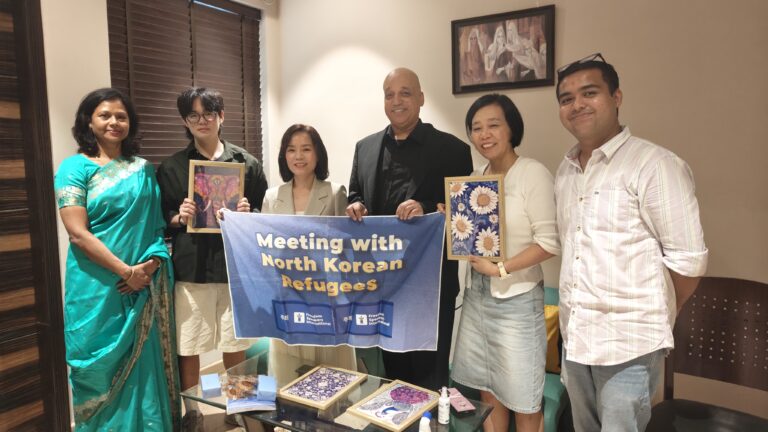
The recent American Eagle x Sydney Sweeney Jeans advertisement was not just a marketing strategy. It was a dog-whistle which echoed the theories of eugenics and Nazi ideals of racial superiority. A significant controversy arose around the ad. Competitor brand, GAP, soon responded in the best way possible. “Better in Denim” was launched with KATSEYE, where the girl-group danced to Kelis’ Milkshake.
Why does KATSEYE’s presence in the campaign make such a powerful statement? The reason is simple. Sydney Sweeney praised her “blue genes/jeans”, echoing ideals of Aryan superiority. The advertisement was soon followed by the shocking revelation of Sweeney being registered as a Republican voter (colloquially, Trump supporters). GAP’s response did not need anyone to speak to make a point: A racially and culturally diverse group’s “milkshake” is “better than yours”.
KATSEYE features members from all over the world. India’s Lara Raj wears her bindi with pride, while Manon honours her African roots by wearing waist beads. Each member is different from the other, making sure that their cultures–which have been subjugated for so long–gets proper representation. The American Eagle advertisement, on the other hand, was not just a matter about jeans, but also representation.
The Politics of Jeans
Jeans are often described as informal, classless, unisex, and appropriate regardless of city or country; wearing them was a sign of freedom from the constraints on behaviour and identity that social categories impose. (John Fiske, The Jeaning of America) The lack of social differentiation in jeans gives one the freedom to be free, and completely themselves.

Denim has, over the ages, developed to be a symbol which expresses oppositional meanings, or even social resistance. These jeans need to be disfigured in some way. Maybe ripped or embroidered with an ‘A’ within a circle. It’s a silent form of resistance which can be observed in many different sub-cultures, including punk and street fashion. Think of Lucky from Mai Hoon Na: His cut up t-shirt was a simple way of rebelling against the traditional “sanskari” norm and forming his own identity.
Popular culture is deeply contradictory in societies where power is unequally distributed. The natural law of the world puts its elements in hierarchies. The herbivore will eat grass and then later get consumed by the predator. Nevertheless, characterisation of eugenics does not compare to the natural law. A white woman proudly reclaiming her genes is not natural law; it is propaganda.
Jeans: History and Connotations
Before we dive into jeans specifically, let us take a look at Hitler’s propaganda guidelines: (These principles are abstracted from Jowett & O’Donnell).
- Avoid abstract ideas – appeal to the emotions.
- Constantly repeat just a few ideas. Use stereotyped phrases.
- Give only one side of the argument.
American Eagle in their ad constantly praises blue jeans, or genes, and reminds everyone: Sydney Sweeney has great jeans. It is not simple wordplay, it is reminiscent of the idea which places blue eyes and blonde hair at the top of a hierarchical pyramid.

Denim was initially worn by the working class. It was durable and easy to move around in. Before the Civil Rights Movement in America (1954), denim was only worn by enslaved workers. They picked cotton on farms which were later used to make jeans. Another political aspect attached with blue jeans is that of indigo farming. The world is no stranger to colonial oppression of smaller nations in Africa and Asia for indigo cultivation. It is the same indigo which lends jeans its blue colour.
Plantation owners were exclusively dressed in lace and linens, while slaves were put in denim to set them apart. The Civil Rights Movement aimed to reclaim these jeans. Protestors stepped out dressed in their best blues, with Martin Luther King Jr. leading them. There is something deeply sinister about reconstructing this political symbol as a way of preaching white racial superiority. The generic idea of jeans were hijacked by large commercial institutions which upscaled denim, aiming to erase its proletariat roots.
Why KATSEYE makes a difference
The GAP advertisement did not need a dialogue or any slogan. It made a silent statement. Six culturally and racially diverse girls were all “Better in Denim” as they danced with ease. Jeans did not restrict their movement, rather, it made them free. The background dancers, which included black dancers, were all dressed in different shades of denim, highlighting GAP’s wide collection. Their jeans are not just blue.
Additionally, dance has emerged as a form of protest. Even in the Black Lives Matter protest, hundreds of teenagers reclaimed the streets of America as they danced. South Asian country Philippines has its own interesting story related to local dances. A recent TikTok trend, “Paging doctor beat, Emergency! Emergency!” is a Filipino ‘budots’ beat. Emerged amongst the common youth of the Philippines, budots was often criticised for its free movement of the body, alleged to have the “coarseness of the lower class”. However, budots emerged as a form of protest against the hegemonic forces prevalent in the country. Eventually, political leaders started integrating budots into their campaigns. The protest, thus, emerged victorious.
In the year 2025, the theory of Eugenics is not just highly disregarded but also dangerous to today’s society. So, consider this an open criticism to American Eagle’s advertisement preaching white supremacy: Damn Right, Sydney Sweeney, It’s Better than yours.



